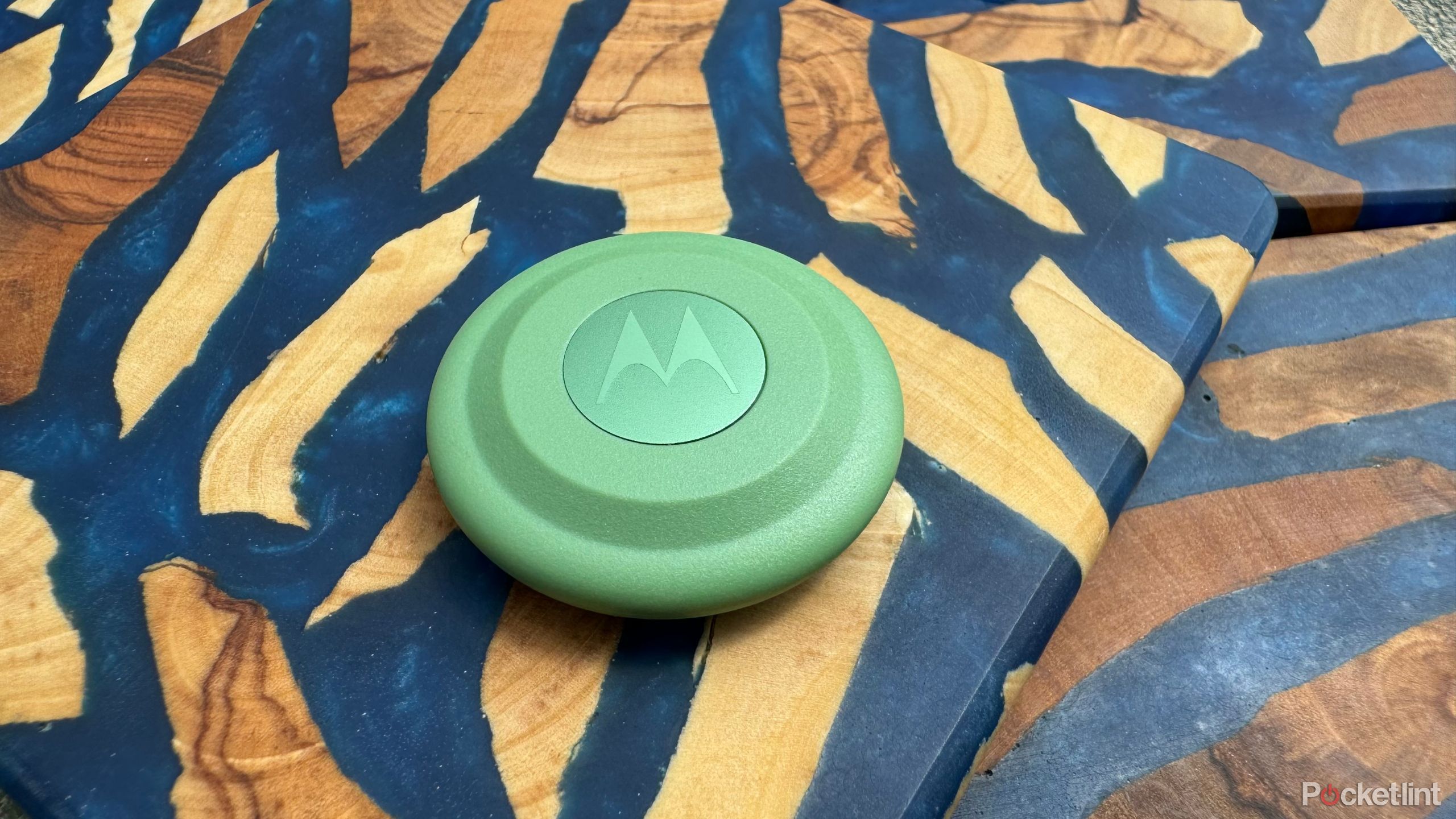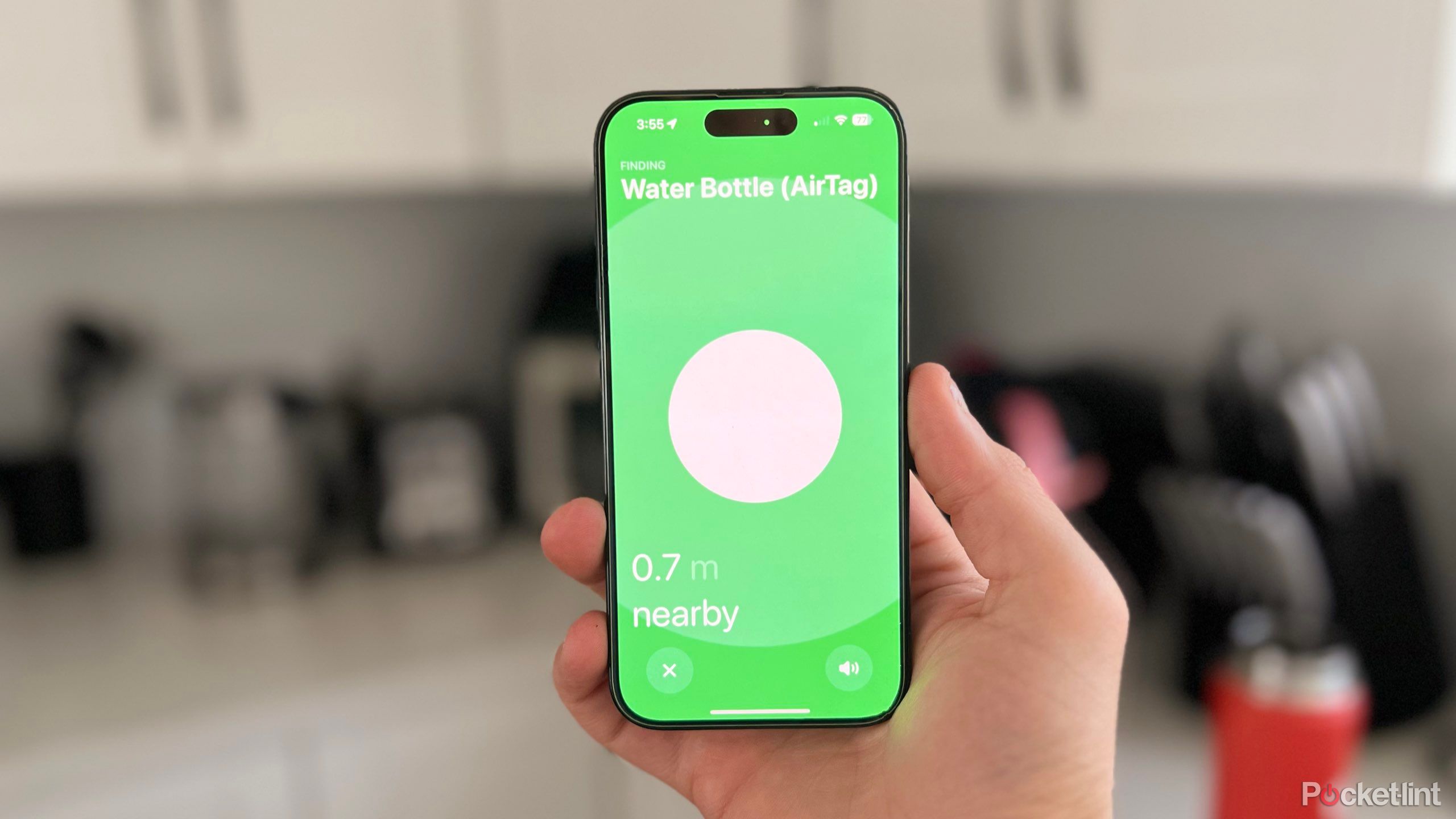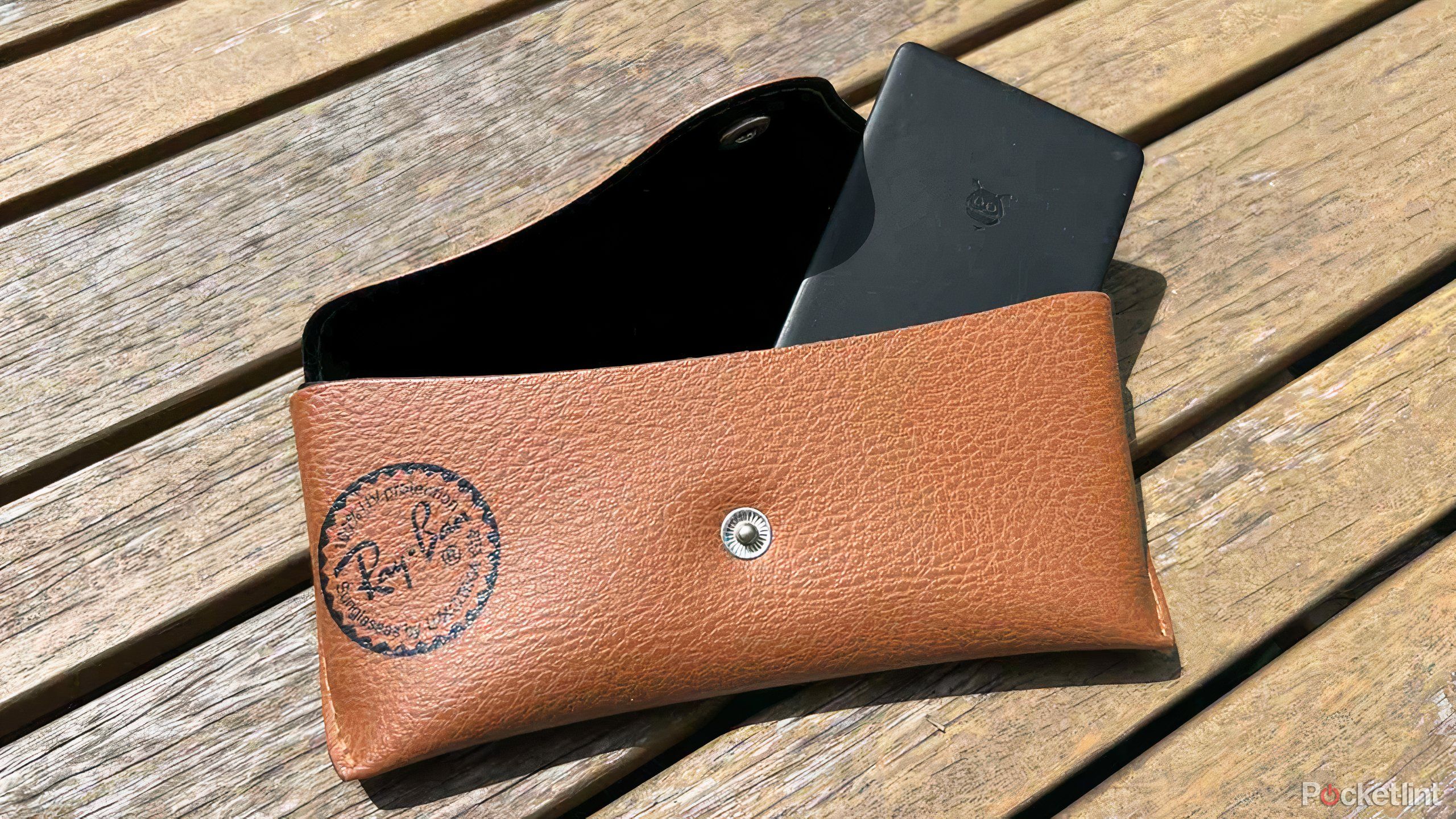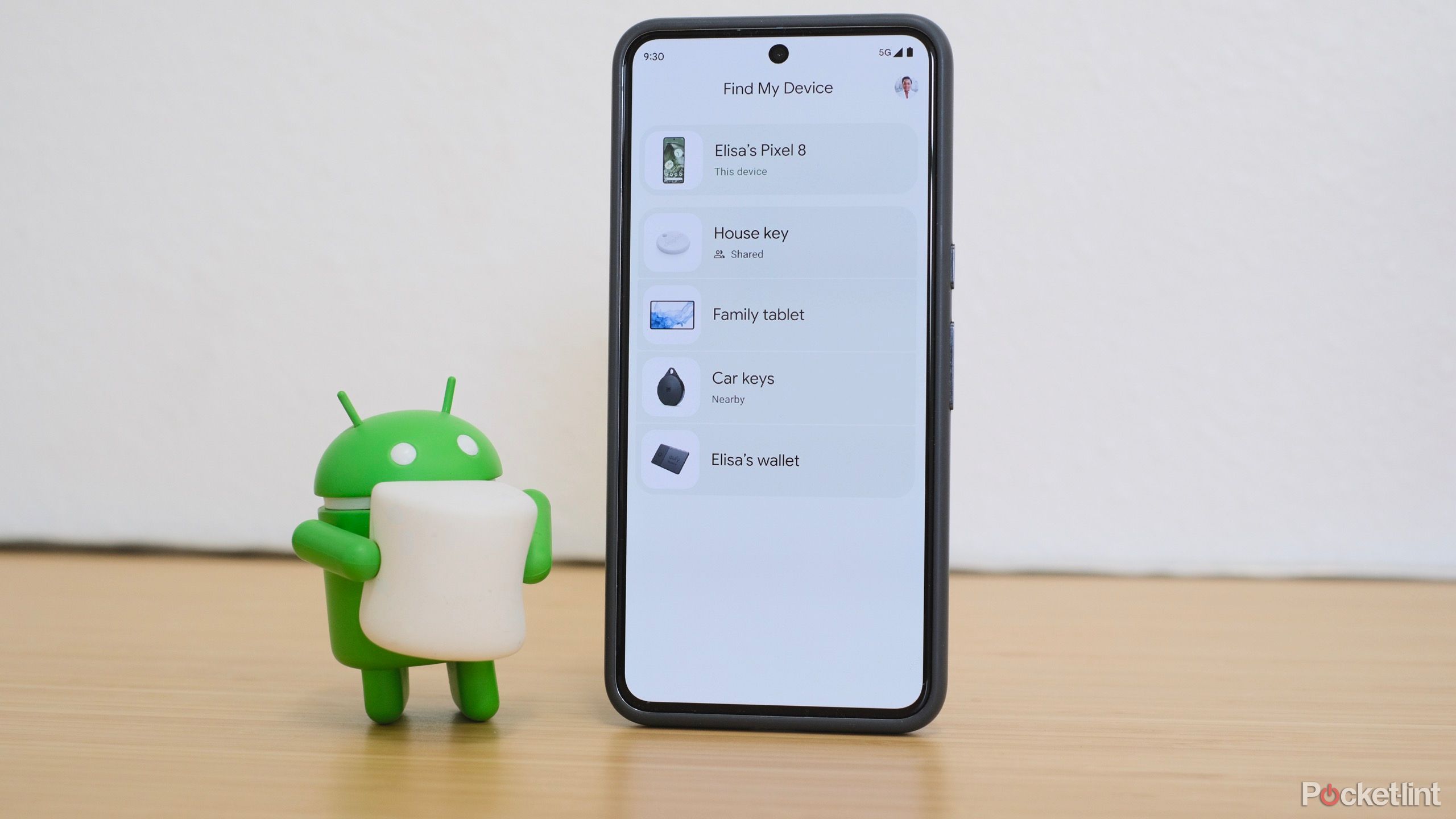Key Takeaways
- Smartphone item trackers use Bluetooth & UWB tech – Bluetooth for range, UWB for precision tracking indoors with limited range.
- Bluetooth emits pings to track items globally, while UWB offers centimeter-level precision but with shorter range and more power usage.
- GPS trackers are available but have shorter battery life. For indoor tracking, UWB is precise but with limited range, ideal for home or office.
Smartphone-connected item trackers have caught on pretty quickly, and it’s no surprise why — it’s easy enough to lose your keys, never mind something expensive or irreplaceable, like your passport. There are several brands to choose from at this point too, ranging from Apple, Tile, Motorola, and Samsung through to an assortment of smaller companies. No matter which phone you have, there’s probably a compatible tracker.
If you’ve been shopping around for one, you’ve probably seen mention of two wireless formats: Bluetooth and ultra-wideband (UWB). Some trackers only offer Bluetooth, others offer both. But what’s the difference between the standards when it comes to tracking, and why is UWB a big deal?
Related
My 5 favorite versatile trackers that work with Apple’s Find My Network
Here are 5 great trackers that integrate seamlessly with Find My network. Track your items effortlessly with AirTags, ATUVOS, and more.
 How Bluetooth tracking works
How Bluetooth tracking works
Once they’re paired with your phone and out in the wild, Bluetooth trackers emit occasional “pings,” typically using Bluetooth Low Energy (a.k.a. Bluetooth LE). A minimal output is crucial, since you might otherwise be replacing batteries every few months (if not weeks) rather than every year or so.
While each ping contains signature data, Bluetooth trackers are dependent on anonymized info being sent to strangers’ phones (and sometimes other devices) on the same tracking network. An Apple AirTag, for example, will be detected by nearby iPhone and iPads with Bluetooth on, and this data is passed along to the Apple Find My network so you can identify the AirTag’s location. Google’s Android operating system has an equivalent network called Find My Device, which a growing number of trackers are supporting. Some trackers may use independent, multi-platform networks.
The advantage of Bluetooth is that an item can be tracked anywhere in the world without the power consumption of GPS. The catch, however, is that it’s imprecise, and that a tracker is invisible unless a device in its linked network is close by — at best, no more than 200 to 800 feet (60 to 240 meters). If you drop a Bluetooth tag during a forest hike, it could be days or weeks before it comes back online — if ever.
 How UWB tracking works
How UWB tracking works
UWB fixes Bluetooth’s short-range issues. When a UWB-equipped tracker pings, your phone registers the signal with centimeter-level precision — it can tell which couch cushion a tracker is under. There’s even vertical tracking, so you can see whether you need to go up or down a floor, say.
There are multiple limitations with UWB, range being the biggest. While UWB can hypothetically operate up to 200 meters (about 656 feet), it’s more realistically capped at 50 meters (164 feet). You can use it to pinpoint an item in your house, but it’ll probably be out of range across the street, or even on your driveway. Indeed UWB data can’t be casually picked up by tracking networks, either. It has to be actively triggered, so it’s really just a way of finishing the job once Bluetooth tracking puts you in the general vicinity.
At least part of the reason for restricting UWB’s use is power consumption. In an active mode it tends to drain a tracker’s battery faster, so while it’s not a big deal to use UWB for a minute, you wouldn’t want it going for 30 minutes — never mind around the clock.
Lastly, there’s the matter of compatibility. Only some phones are equipped with UWB, and the technology isn’t the default on every tracker either. You’ll have to do some spec research to find out if you can use it. If not, you’ll be reliant on Bluetooth.
 Bluetooth vs UWB: Which is better?
Bluetooth vs UWB: Which is better?
As you’ve gathered by now, neither is really “better” for tracking — just used for specific purposes. Bluetooth LE offers more range and reduced power consumption, which lends it to worldwide tracking networks. When it’s available, handing off to UWB solves the task of finding something within your home or office.
GPS trackers may be an alternative, but those have problems of their own. While they can follow objects anywhere within satellite range, their battery life is far inferior, and they can’t match the precision of UWB. You’ll probably be paying a subscription fee as well, so they’re only worth buying for high-ticket items like your car. Odds are you’ll be better off buying a Bluetooth tracker if you stick to urban or suburban areas.

Related
Here are all of the gadgets that support Google’s Find My Device network
Several brands have revealed Bluetooth trackers and devices that support Google’s Find My Device app including Chipolo, Pebblebee, Sony, and JBL.
Trending Products

Cooler Master MasterBox Q300L Micro-ATX Tower with Magnetic Design Dust Filter, Transparent Acrylic Side Panel, Adjustable I/O & Fully Ventilated Airflow, Black (MCB-Q300L-KANN-S00)

ASUS TUF Gaming GT301 ZAKU II Edition ATX mid-Tower Compact case with Tempered Glass Side Panel, Honeycomb Front Panel, 120mm Aura Addressable RGB Fan, Headphone Hanger,360mm Radiator, Gundam Edition

ASUS TUF Gaming GT501 Mid-Tower Computer Case for up to EATX Motherboards with USB 3.0 Front Panel Cases GT501/GRY/WITH Handle

be quiet! Pure Base 500DX ATX Mid Tower PC case | ARGB | 3 Pre-Installed Pure Wings 2 Fans | Tempered Glass Window | Black | BGW37

ASUS ROG Strix Helios GX601 White Edition RGB Mid-Tower Computer Case for ATX/EATX Motherboards with tempered glass, aluminum frame, GPU braces, 420mm radiator support and Aura Sync









